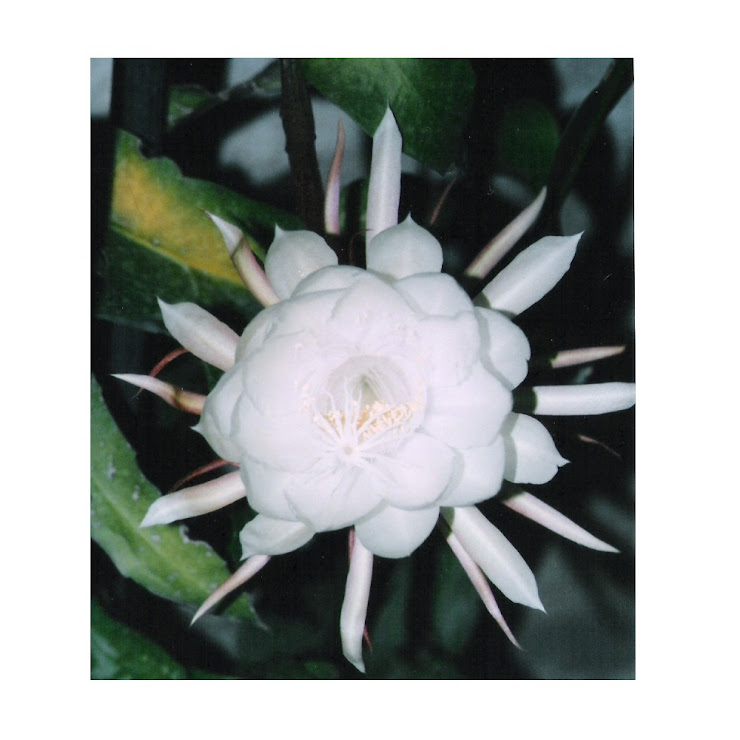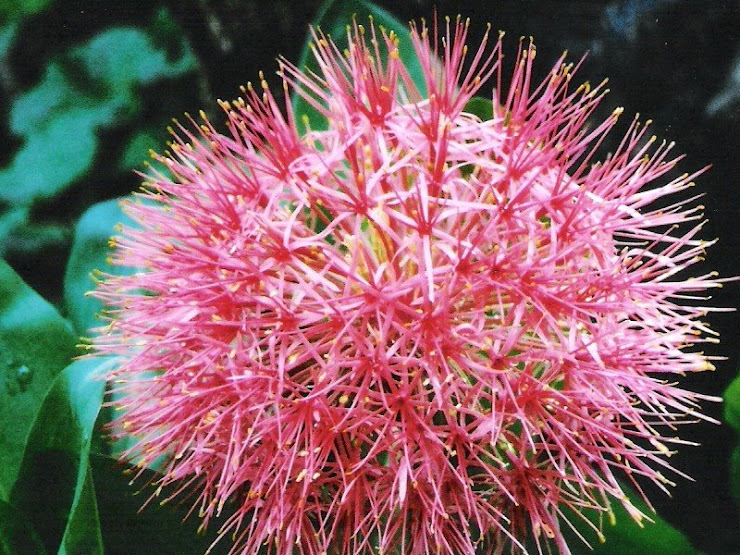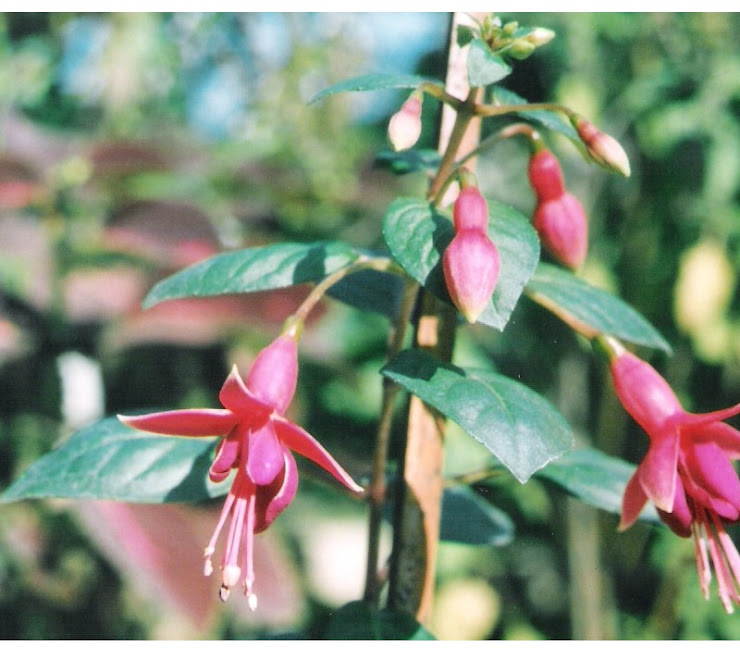
SPATHIPHYLLUM – FOR CLEANER ENVIRONMENT
Spathiphyllum is a genus of about 40 species of monocotyledonous flowering plants in the family Araceae, native to tropical regions of the Americas and southeastern Asia. Certain species of Spathiphyllum are commonly known as spath or peace lilies.
The Peace lily one of the most popular air cleaning houseplants grown today and is a member of the Araceae family. The family includes many other great indoor plants and toxic removing plants such as Aglaonema (Chinese evergreen), Anthurium (Flamingo flower), Caladium (use outdoors), Dieffenbachia (dumb cane), Zamioculcas zamiifolia (ZZ plant), Golden Pothos and Philodendron.
During the early 70’s only two varieties or hybrids of the Peace lilly was grown, Spathiphyllum ‘Clevelandii’ and the hybrid Spathiphyllum ‘Mauna Loa’. However, since the 1970’s the selection, production, and popularity of Spathiphyllum has exploded. Spathiphyllum is relatively easy to grow in the nursery and can be grown in a wide range of pot sizes and plant size.
They are evergreen herbaceous perennial plants with large leaves 12-65 cm long and 3-25 cm broad. The flowers are produced in a spadix, surrounded by a 10-30 cm long, white, yellowish, or greenish spathe. The plant does not need excessive light or water to survive.
In South America which is the home of Spathiphyllum the local people believe that this plant possesses magic powers. Scientifically it has been confirmed that the plant absorbs large quantities of carbon dioxide and other toxins in the atmosphere thereby making the environment clean. If grown indoors or in the office, possesses excellent properties of removing indoor air pollution that can occur in closed or poorly ventilated offices and residences.
The popular Spathiphyllum or as most people know it the “peace lily” is used and primarily as an indoor houseplant. But the Spathiphyllum can also make a great ground cover in tropical landscape designs.
The popular “Peace Lily” is known for a variety of things:
Lots of White Flowers - from spring to monsoons
Removing Toxins Indoors
Dark Green Leaves - shiny and beautiful
Plants can grow in pots or in flower beds
Spathiphyllum is a genus of about 40 species of monocotyledonous flowering plants in the family Araceae, native to tropical regions of the Americas and southeastern Asia. Certain species of Spathiphyllum are commonly known as spath or peace lilies.
The Peace lily one of the most popular air cleaning houseplants grown today and is a member of the Araceae family. The family includes many other great indoor plants and toxic removing plants such as Aglaonema (Chinese evergreen), Anthurium (Flamingo flower), Caladium (use outdoors), Dieffenbachia (dumb cane), Zamioculcas zamiifolia (ZZ plant), Golden Pothos and Philodendron.
During the early 70’s only two varieties or hybrids of the Peace lilly was grown, Spathiphyllum ‘Clevelandii’ and the hybrid Spathiphyllum ‘Mauna Loa’. However, since the 1970’s the selection, production, and popularity of Spathiphyllum has exploded. Spathiphyllum is relatively easy to grow in the nursery and can be grown in a wide range of pot sizes and plant size.
They are evergreen herbaceous perennial plants with large leaves 12-65 cm long and 3-25 cm broad. The flowers are produced in a spadix, surrounded by a 10-30 cm long, white, yellowish, or greenish spathe. The plant does not need excessive light or water to survive.
In South America which is the home of Spathiphyllum the local people believe that this plant possesses magic powers. Scientifically it has been confirmed that the plant absorbs large quantities of carbon dioxide and other toxins in the atmosphere thereby making the environment clean. If grown indoors or in the office, possesses excellent properties of removing indoor air pollution that can occur in closed or poorly ventilated offices and residences.
The popular Spathiphyllum or as most people know it the “peace lily” is used and primarily as an indoor houseplant. But the Spathiphyllum can also make a great ground cover in tropical landscape designs.
The popular “Peace Lily” is known for a variety of things:
Lots of White Flowers - from spring to monsoons
Removing Toxins Indoors
Dark Green Leaves - shiny and beautiful
Plants can grow in pots or in flower beds
Popular around the World
Easy to take Care
Soil Type
It grows in any good garden soil but is best in rich clay loam soil.
Water requirement
It can survive without water for a number of days but during the hot summers it may needs a lot of water and depending upon the location you may have to water it daily if grown outdoors in pots or as a ground cover. If grown in doors water on need bases.
Fertiliser requirement
It is a good feeder and to maintain a healthy growth apply DAP 20 gm (One tea spoon) every 15 days.
Light requirement
It does not need a lot of light and as such can be grown in the shady area of the garden or under the trees.
Repotting
As outdoor ground cover, it does not need much care but if grown in pots, repotting to reduce the population and give space and air to the roots you may require doing it every year. The best time is early spring.
Special Note
In the present day Energy Efficient Homes many people suffer from “Sick Building Syndrome” and are a result of "acute incidence of indoor air pollution that can occur in closed or poorly ventilated offices and residences.
Numerous studies conducted by the a number of orgainizations have found measurable levels over 107 known cancer causing agents in the modern homes and offices. This cause is the result of living in energy efficient and working environments with little or fresh air since the windows are never opened. This keeps us in contact with these VOC's (volitile organic compounds).
The methods and products used in modern homes and offices today contain amounts of known cancer causing chemicals. In extreme cases, buildings get labeled as "Sick Buildings" when they hold these high levels of contaminants. Exposure can result in a many symptoms of sickness exhibited by the people who frequently use them.
The effects of contact with these cancers causing VOC's in low doses over a long time period is unknown. Will this exposure result in increased incidences of cancer?
NASA research suggests indoor house and office plants may reduce substantially the amount of exposure to common VOC's you experience in your daily routine. The NASA research and a growing amount of supporting research point toward the benefits of live plants to help improve indoor air quality in modern home and office buildings.
The chemical Trichloroethylene or (TCE) for example is used in paints, printing inks, adhesives, lacquers and varnishes. The National Cancer Institute reported in 1975, an unusually high incidence of hepatocellular carcinomas in mice given TCE by gastric incubation. The chemical TCE is now considered a potent liver carcinogen.
Look around your home or office; new desk, carpets and other items can help in making you "sick". Plants may prove to be one of the answers to assist you in feeling better.
Easy to take Care
Soil Type
It grows in any good garden soil but is best in rich clay loam soil.
Water requirement
It can survive without water for a number of days but during the hot summers it may needs a lot of water and depending upon the location you may have to water it daily if grown outdoors in pots or as a ground cover. If grown in doors water on need bases.
Fertiliser requirement
It is a good feeder and to maintain a healthy growth apply DAP 20 gm (One tea spoon) every 15 days.
Light requirement
It does not need a lot of light and as such can be grown in the shady area of the garden or under the trees.
Repotting
As outdoor ground cover, it does not need much care but if grown in pots, repotting to reduce the population and give space and air to the roots you may require doing it every year. The best time is early spring.
Special Note
In the present day Energy Efficient Homes many people suffer from “Sick Building Syndrome” and are a result of "acute incidence of indoor air pollution that can occur in closed or poorly ventilated offices and residences.
Numerous studies conducted by the a number of orgainizations have found measurable levels over 107 known cancer causing agents in the modern homes and offices. This cause is the result of living in energy efficient and working environments with little or fresh air since the windows are never opened. This keeps us in contact with these VOC's (volitile organic compounds).
The methods and products used in modern homes and offices today contain amounts of known cancer causing chemicals. In extreme cases, buildings get labeled as "Sick Buildings" when they hold these high levels of contaminants. Exposure can result in a many symptoms of sickness exhibited by the people who frequently use them.
The effects of contact with these cancers causing VOC's in low doses over a long time period is unknown. Will this exposure result in increased incidences of cancer?
NASA research suggests indoor house and office plants may reduce substantially the amount of exposure to common VOC's you experience in your daily routine. The NASA research and a growing amount of supporting research point toward the benefits of live plants to help improve indoor air quality in modern home and office buildings.
The chemical Trichloroethylene or (TCE) for example is used in paints, printing inks, adhesives, lacquers and varnishes. The National Cancer Institute reported in 1975, an unusually high incidence of hepatocellular carcinomas in mice given TCE by gastric incubation. The chemical TCE is now considered a potent liver carcinogen.
Look around your home or office; new desk, carpets and other items can help in making you "sick". Plants may prove to be one of the answers to assist you in feeling better.









1 comment:
Never knew that plants were so necessay in our day to day life. I am getting these fo my office and my small house. Thanks
Post a Comment